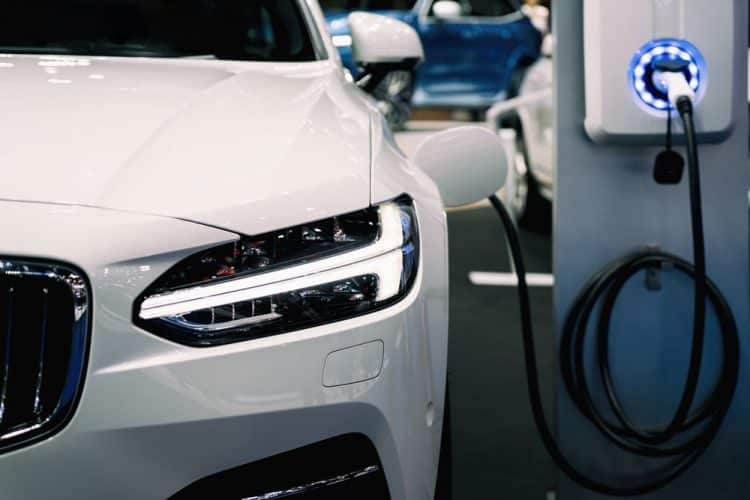
Believe it or not, the first electric vehicle was made in 1884. However, the high cost, low top speed and short-range meant that the more reliable internal combustion engine quickly took over. It wasn’t until the beginning of the 21st century that with increased concern over the environmental impact of the emissions from petrol and diesel engines alongside the sustainability of the fuel itself meant that EV technology appeared once again.
California based EV car maker Tesla began development of its Roadster in 2004 and finally delivered to customers the first highway legal production all-electric vehicle in 2008. The car powered by lithium-ion battery cells allowed passengers to travel around 200 miles on a single charge. Mainstream vehicle manufacturers soon followed suit many citing the Tesla Roadster as the catalyst to demonstrate that there was a market for EV’s. Nissan’s 2010 Leaf was the first of the modern age of BEVs, bringing electrification to the mass family market. The Jaguar I-Pace manufactured in Graz, Austria electrified audiences globally in 2018, securing the leadership of the race to introduce electric vehicles into the luxury car market.
Since 2010 due to the emergence of new BEV (Battery Electric Vehicles) and PHEV (Plug-in Hybrid Electric Vehicles) along with an improved infrastructure to sustain them, sales have passed 5 million units by the beginning of 2019.
Charge Faster, Go Further
Battery technology is also developing as manufacturers race to extend the range of travel between charges. Over the last five years, EV battery ranges have increased from circa 100 miles per charge to over 300 miles (Tesla Model S). In addition to this, fast charge units roadside mean that in 30 minutes a car can be back on the road. Rapid charge batteries are already under development and could be available within the next two years, bringing a range of over 200 miles in as little as 10 minutes with 400kW of charging. Heating batteries when charging them quickly can damage them, so finding the right balance is crucial. Tesla has overcome this by creating an internal structure for heating and then rapidly cooling batteries to prevent damage to cells. However, lithium-ion batteries continue to present worry for drivers, many of whom suffer “range trauma” (running out of battery mid-journey and then having to face a lengthy recharge wait).
Long-lasting, Low Warranty
While the batteries in EV’s are designed for extended life (eight-year warranty to retain 80% of the original capacity of the battery is standard), they will degrade over time. Therefore, each manufacturer will ensure that you take precautions and not negatively impact battery life (frequent deep discharges or overcharging). On a positive note, batteries are proving to be resilient and are significantly outlasting their warranty periods.
The Next Generation
Alternatives to Lithium-ion are progressing. Californian scientists have been focussing on a nano-silicon made from purified sand, magnesium and salt. Carmakers like BMW are now investing heavily in Sila Nano, the battery tech start-up that is bringing this technique to market, promising to give a 20% – 40% battery performance boost. Similarly, Cobalt, an integral yet expensive core battery ingredient, is being slowly phased out. While it isn’t necessarily rare, because it’s production as a by-product of the Nickel and Copper mining industry, means that it is at the mercy of those larger markets. If for any reason those markets were to suffer from low prices and demand was to fall, there would be a detrimental knock-on effect to cobalt production. It is necessary to find alternatives. Over the last six years, Tesla has successfully reduced cobalt dependency by over 60% – however, this can also lead to side effects such as a reduction in the life cycle of the cell and the potential for it to overheat. While that is relatively low risk, it is not one to be taken lightly and requires additional technology to protect against this happening.
Final Thoughts
By 2030 or sooner, around 20 major cities worldwide have announced a ban on gasoline and diesel cars. Coupled with the rapid development in alternative propulsion and battery development and more investment in the supporting infrastructure, now is as good a time as any to consider a switch. After all, last year almost one million drivers ran out of fuel by the side of the road. Who should be considering “range trauma”?
With current electric new vehicle registrations year to date for November 2019 at 1.5% of the total market, what year do you think electric vehicles will account for 10%-25% of all registrations?




